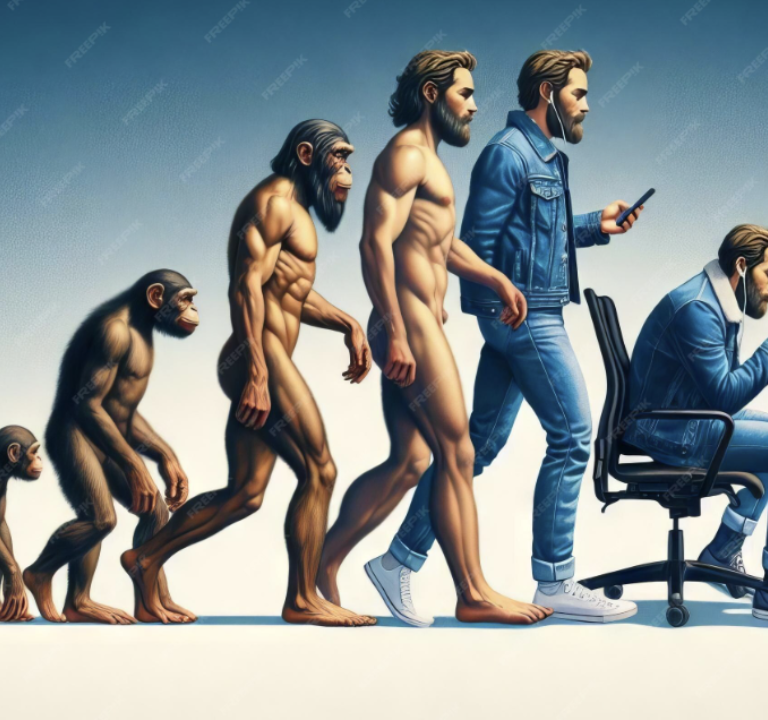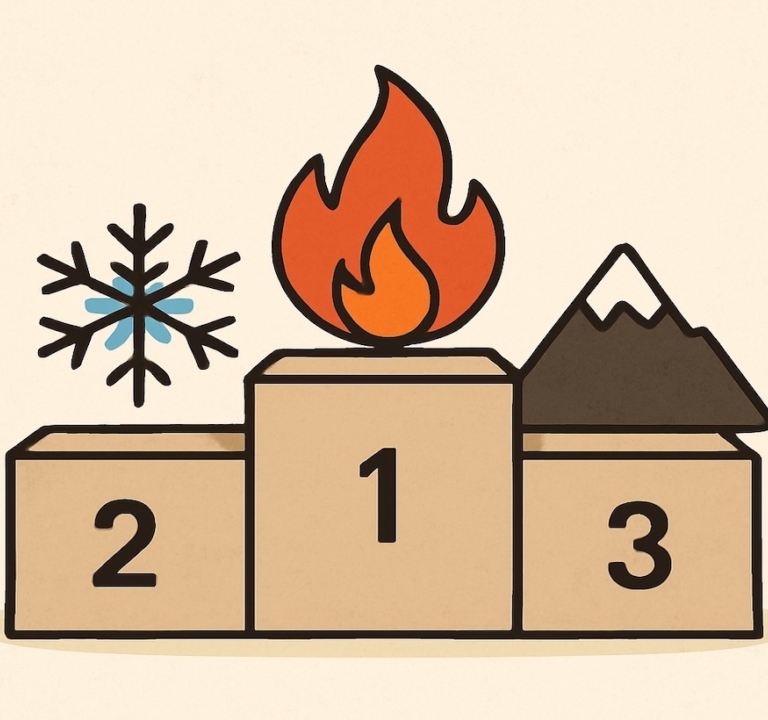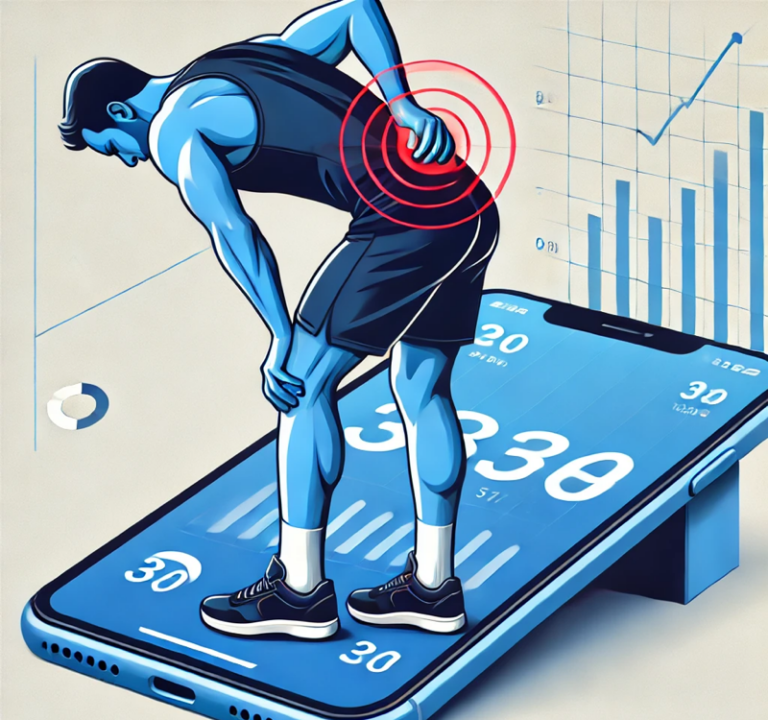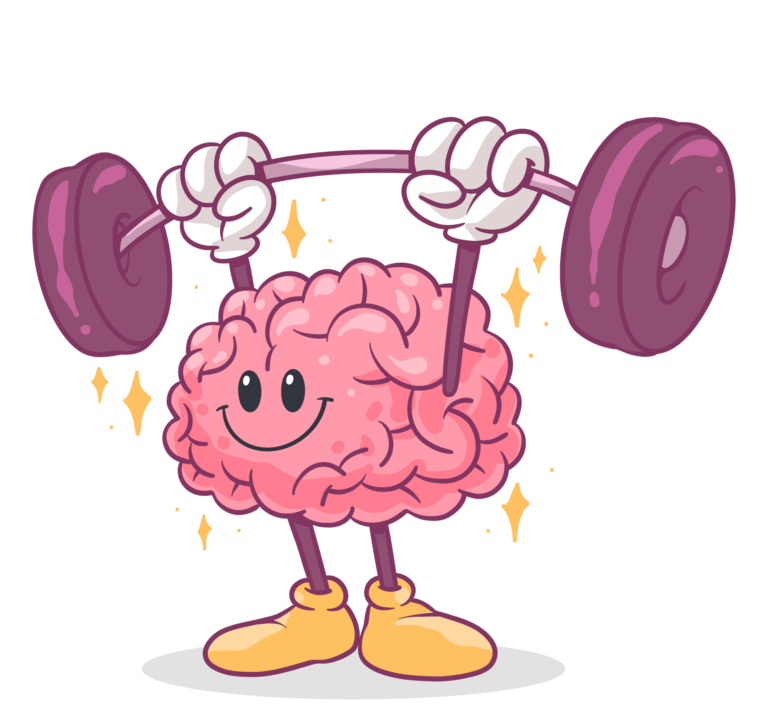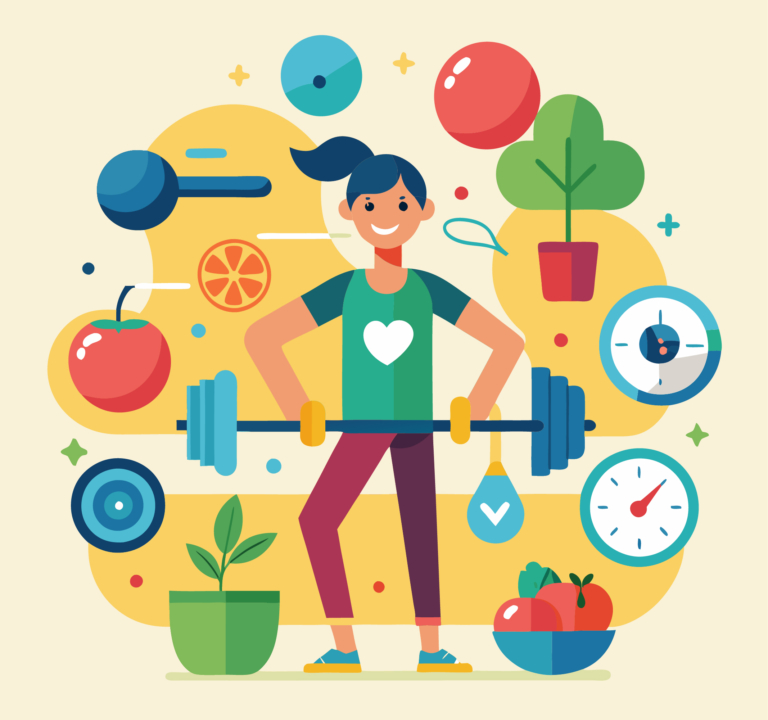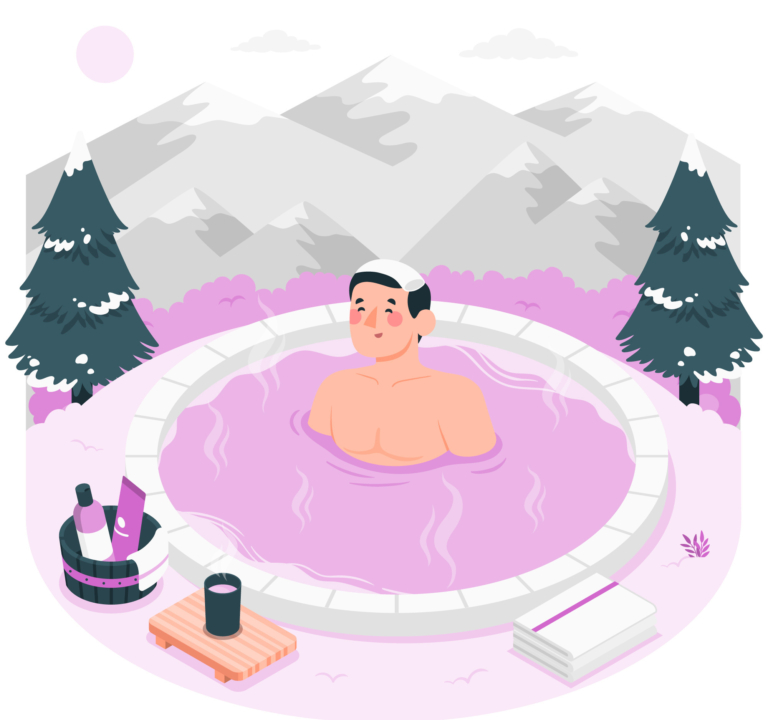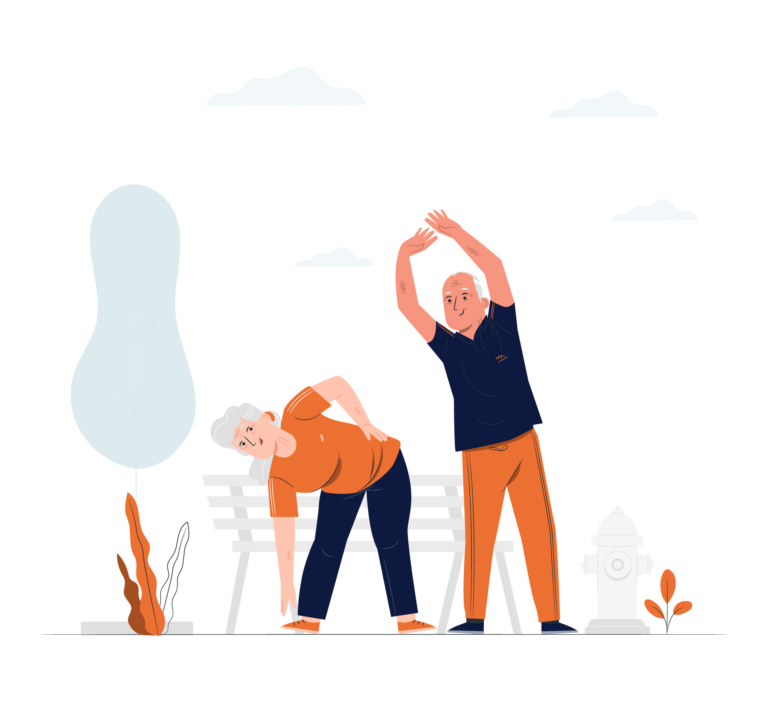POV 19 - Foot fitness: health from the ground up
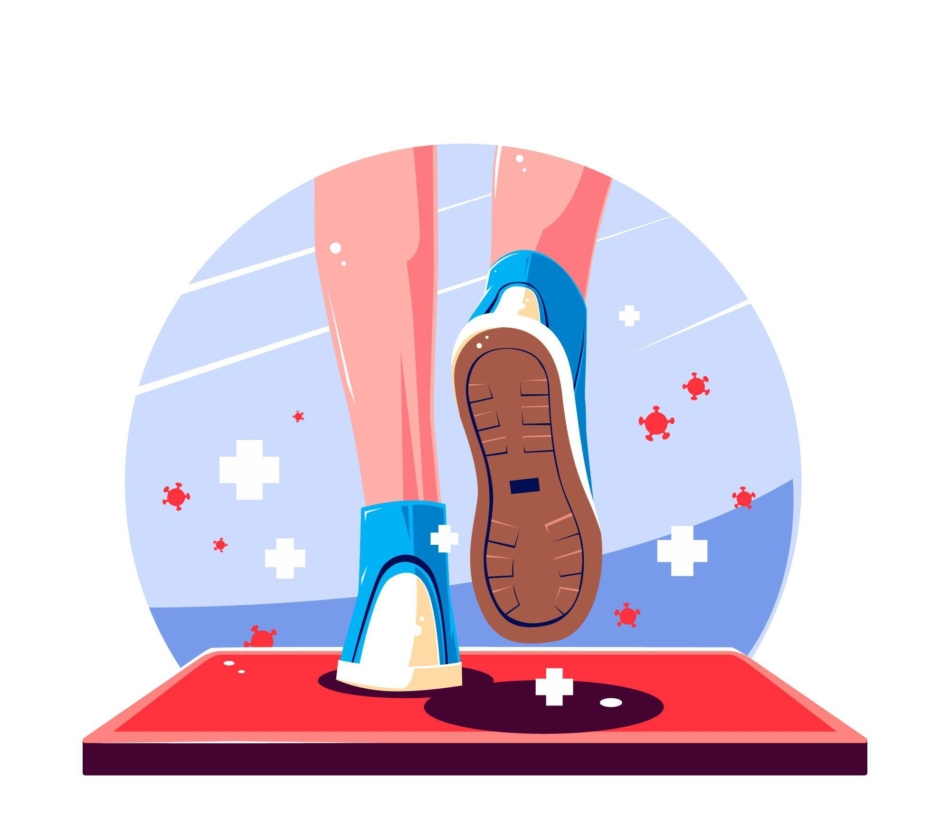
However, as is often the case with rapid evolutions, this leap was not entirely positive as it resulted in a decline in foot ground awareness, foot strength and postural stability - encompassed within foot fitness.
One does not need to look too far back in evolution or conduct exhaustive anthropological studies to notice how (super)shoes have weakened and made feet lazy, as they substitute for tendon reactivity in the initial propulsion phase of the walking, running and jumping. The Shoe effect study just recently uncovered significant deformities and detrimental morphological adaptations of the foot - notably in the big toe angle - between shoe wearers and barefoot walkers.
Looks, Comfort and Performance - Shoe width and forward lean significantly influence foot biomechanics and foot health.
To follow aesthetic trends, everyday shoes often end-up being too narrow for the feet's natural shape, and often prevent toes from spreading completely and distribute the body weight and load over the entire forefoot. Shoes with wider toe boxes do not compromise toe movement & splay as much, and participate in improving gait & postural stability.
In a quest for comfort and performance, most manufacturers have increased the cushioning and forward lean of their shoes to assist during the propulsion phase of running and walking. Such forward lean relieves stress on the calf muscles & Achilles, but can also lead to weaker foot arches & toes, along knee and postural damages. Performance shoe now trend towards 8 to 10 mm drop difference between heel and toe.
To counterbalance these realities, it is advised to 1- rotate higher performance and responsive shoes with more neutral, low-staked options and 2- go through the foot strengthening routine detailed below.
One-size does not fit all - Foot shapes and measurements vary greatly between world regions and feet of the same shoe size. Major shoe manufacturers such as Adidas, Lululemon, On and Aldo have taken notice and will start leveraging 3D foot imaging to improve their shoe design and fit.
Both extreme narrow toe box and drop combine to drastically increasing the risk of foot and toe abnormalities for those occasionally wearing high-heels.
Foot Fitness in performance
Weaknesses and deformities due to (improper or prolonged) shoe wearing have repercussions running up the lower-leg muscle chain and alter postural balance, stability and gait as foot (and toe) muscles & tendons are not only involved in ground awareness and dampening but also in supporting ankles, knees, and hips.
Big toe strength and agility are especially important in initiating weight & load distribution throughout the entire area of the foot, and can limit sports abilities - especially running and jumping performances.
Flat or deformed feet are also concomitant and sometimes early signs of biological conditions such as high-blood pressure, while microvascular dysfunctions of foot capillaries are hallmarks of poorly managed Diabetes.
Healthy feet for SENIOR YEARS
Foot fitness, is not only important in physical performance, but is also closely related to healthspan and longevity.
As for upper-body muscles, time takes its toll on the foot & toes and inevitably weakens their muscles and tendons. The rate and extent at which such decline takes place is a valid predictor of healthspan, as lower foot fitness - and its surrogate, low stability - is linked to premature mortality.
Not being able to maintain balance on a single leg for more than 10 seconds is a strong predictor of premature aging and mortality. Such association is of course non-causative but stems from the strong bidirectional relationship between foot fitness and whole body strength & muscle mass, forming with VO2max the two most important pillars of longevity.
Foot fitness and lower-body stability are trainable, and should be addressed as early as possible. Consequences of suboptimal foot fitness are greater with age, as independence and being able to maintain healthy social interactions rely heavily on freedom of movement.
Bottom-up training
You are only as strong as your weakest link, or muscle - As important as grip strength is to upper body strength, foot strength - being the only ground contact point - is foundational to whole body strength and agility.
Exercises to strengthen the feet and increase toes’ range of motion are too often set aside and should become integral to whole-body training routines.
How to improve foot & toe strength and stability ?
Maintain balance on a stability board, blackboard or movemate. Start with eyes opened and progress to balancing with eyes shut.
Go through toe yoga routines such as big toe lifts, toe crunches and toe towel curls
Wear toe spacers or splay toes with your fingers during sedentary times
Perform single or double-leg calf raises and hops
Roll foot arches with a massage ball, or more conveniently with a tennis or golf ball
It goes without saying, the above-mentioned exercises should ideally be performed barefoot, as should most strength training & weightlifting and (indoor) walking - leaving the highly-debatable subject of barefoot running aside.
These exercises all benefit from being performed shoeless or barefoot, as feet and toes are better able to feel & grip the grounds and distribute weight on the entire surface area of the underfoot.
Foot Tech
Recovery goes to the extremities - Recovery is now recognized as an intricate and unavoidable aspect of performance and wellbeing. As such, an increasing emphasis is being put on foot recovery with the launch of shoes from brands such as OOFOS and Vivobarefoot claiming to accelerate foot recovery time following high-impact events such as prolonged running. Such shoes also are meant to strengthen the foot and lower leg muscles, help reshape feet to their natural morphologies, and ultimately improve joint mobility & postural stability.
Foot analysis and Smart soles - No two feet are the same. Shapes differ widely between individuals but also between the feet of the same individual. To this end, 3D foot scanners such as Aetrex or Volumental are increasingly found in shoe stores - and becoming available in consumer-grade app using smartphone cameras - for shoe and insole fitting beyond foot measurement.
Data derived from foot scans are also leveraged by shoe manufacturers to elevate their shoe fit, performance and effect on foot fitness, altogether bringing us a step closer to 3D-printed to measure shoes and insoles.
Smart footwear.able - Feet are also a prime location for tracking movement and gait. Companies like Arion, Plantiga, Sensoria and Ukaton have developed smart insoles or socks integrated with pressure & load sensors to monitor imbalances and gait continuously. Smart foot wearables are thus one more minimally invasive option to gather information on lower-leg muscle & tendon load and fatigue, and to obtain data-driven insights to optimize movement and prevent overuse injuries.
Naboso has a line of textured socks to stimulate small nerve proprioceptive receptors of the underfoot, and recently announced a partnership with Vivobarefoot to improve foot fitness by adding texture to their shoe insoles. Yoga mats and textured grounds in gyms are also effective means to passively increase feet ground awareness while barefoot training.
Finally, a Sports and Wellness Tech segment yet to take advantage of the unsought ground represented by foot fitness is Musculoskeletal (MSK) management and movement platforms.
Most popular platforms have users go through regular stability & balance assessments and exercises, but none address foot strength or toe agility. The oversight might reflect technological or logistical challenges, but future platforms (or existing platform updates) would greatly benefit from exploring this area of the lower body, as it is the root cause of a non-negligible proportion of postural & gait abnormalities and ensuing MSK pains.
Next time you see someone weight lifting barefoot, pay attention, it might be one of us …


